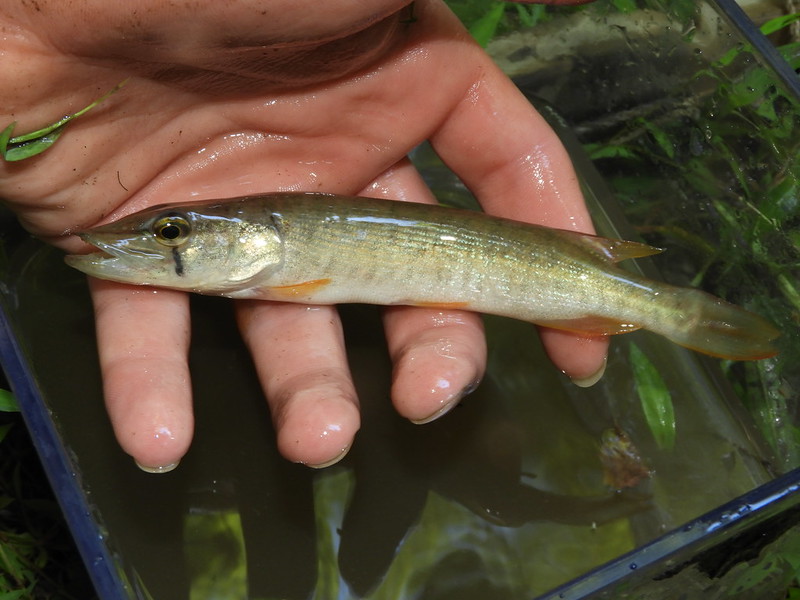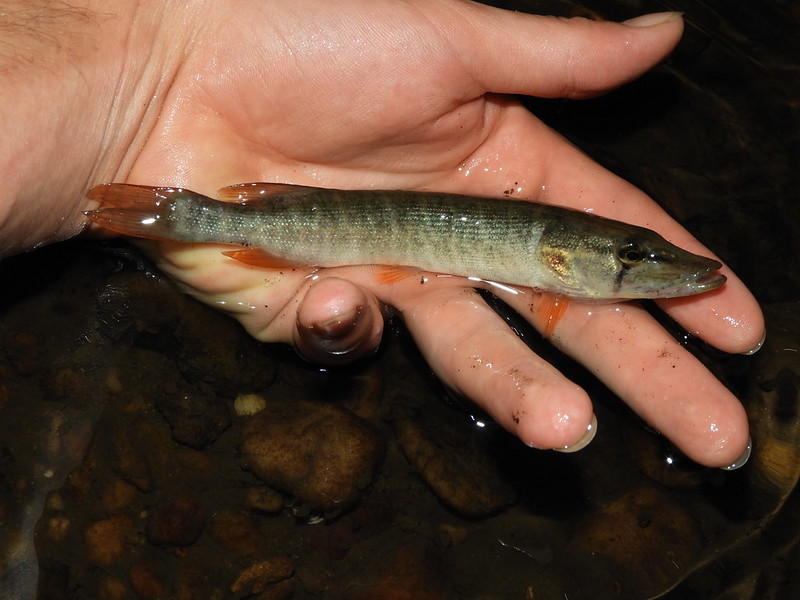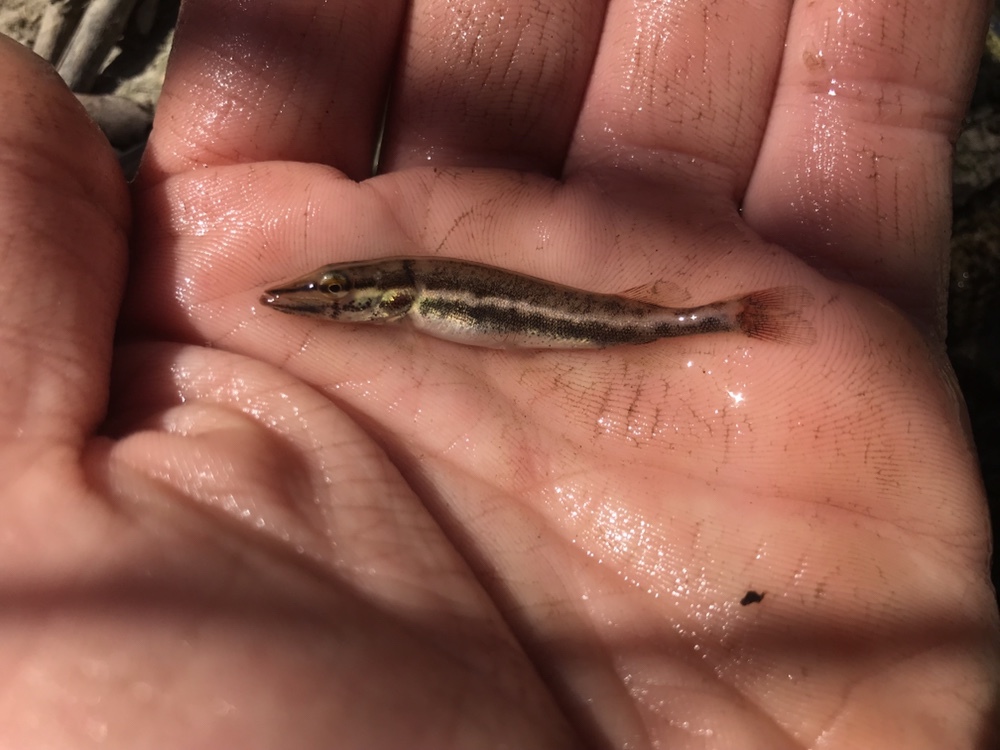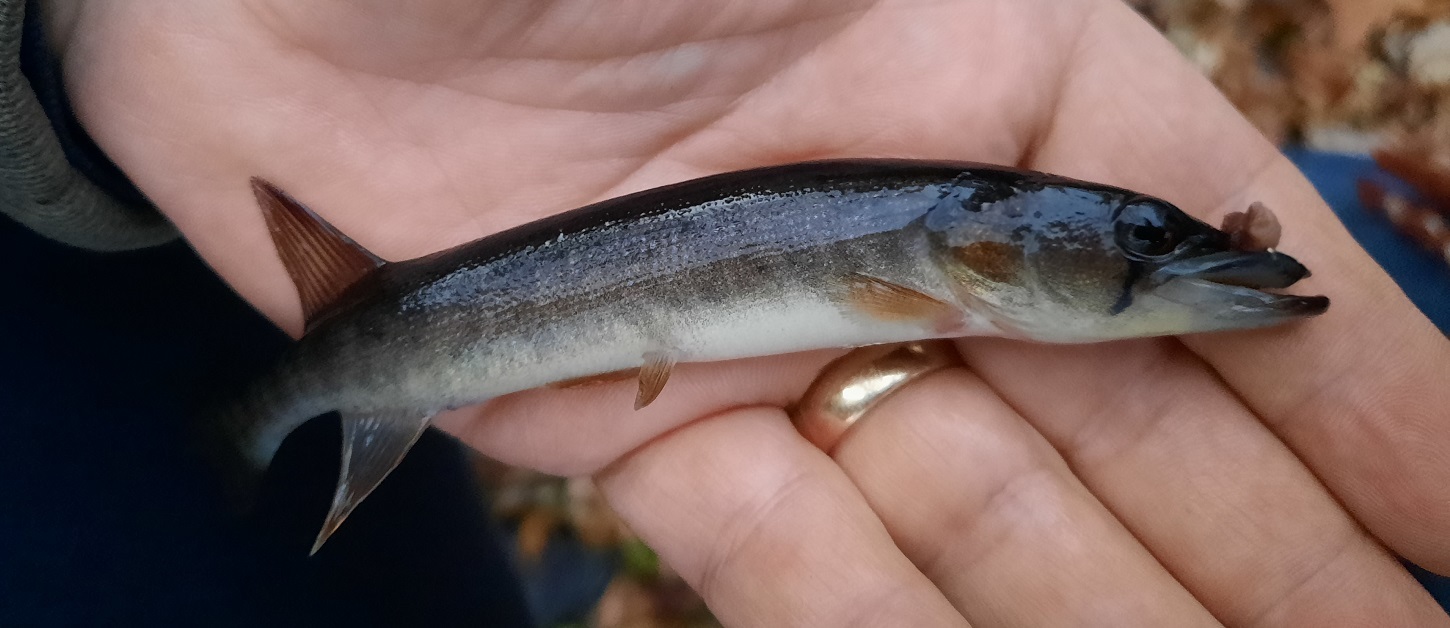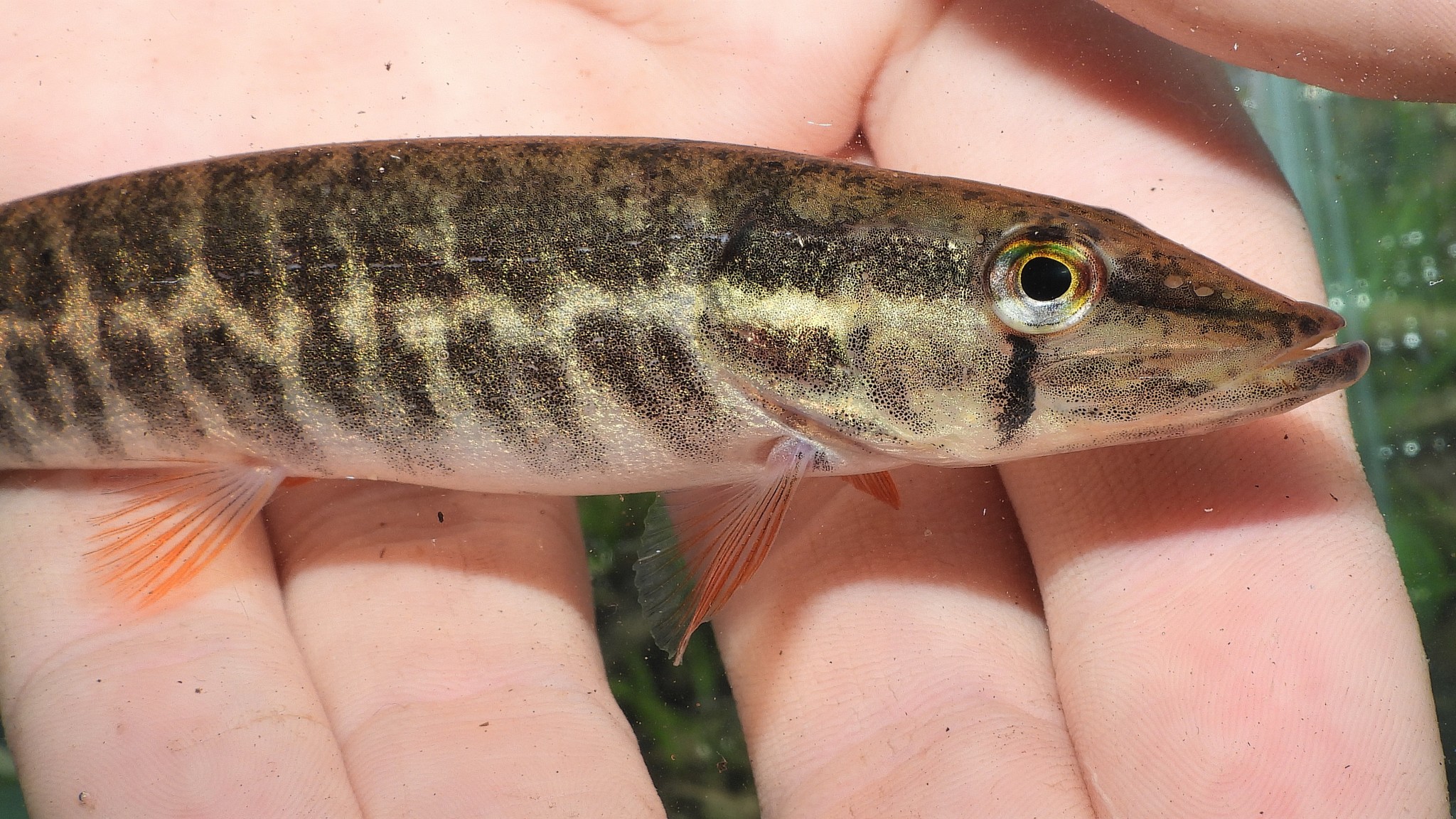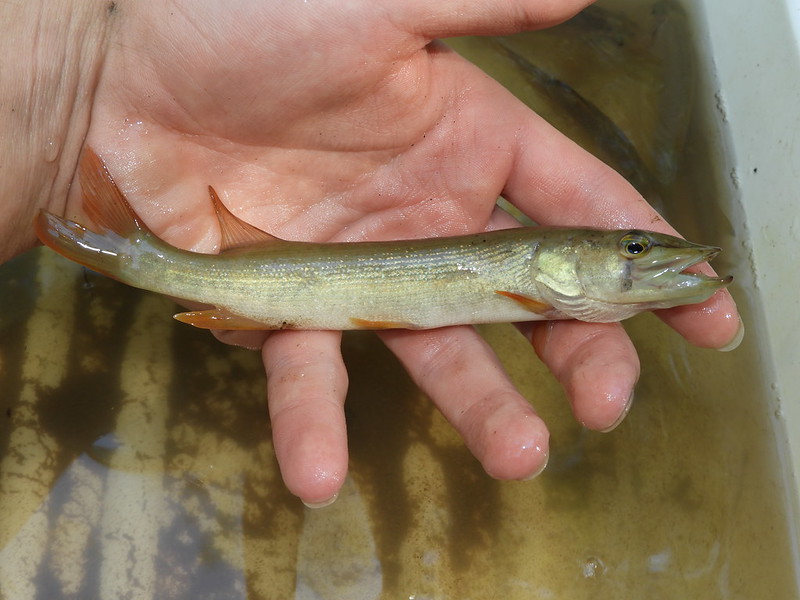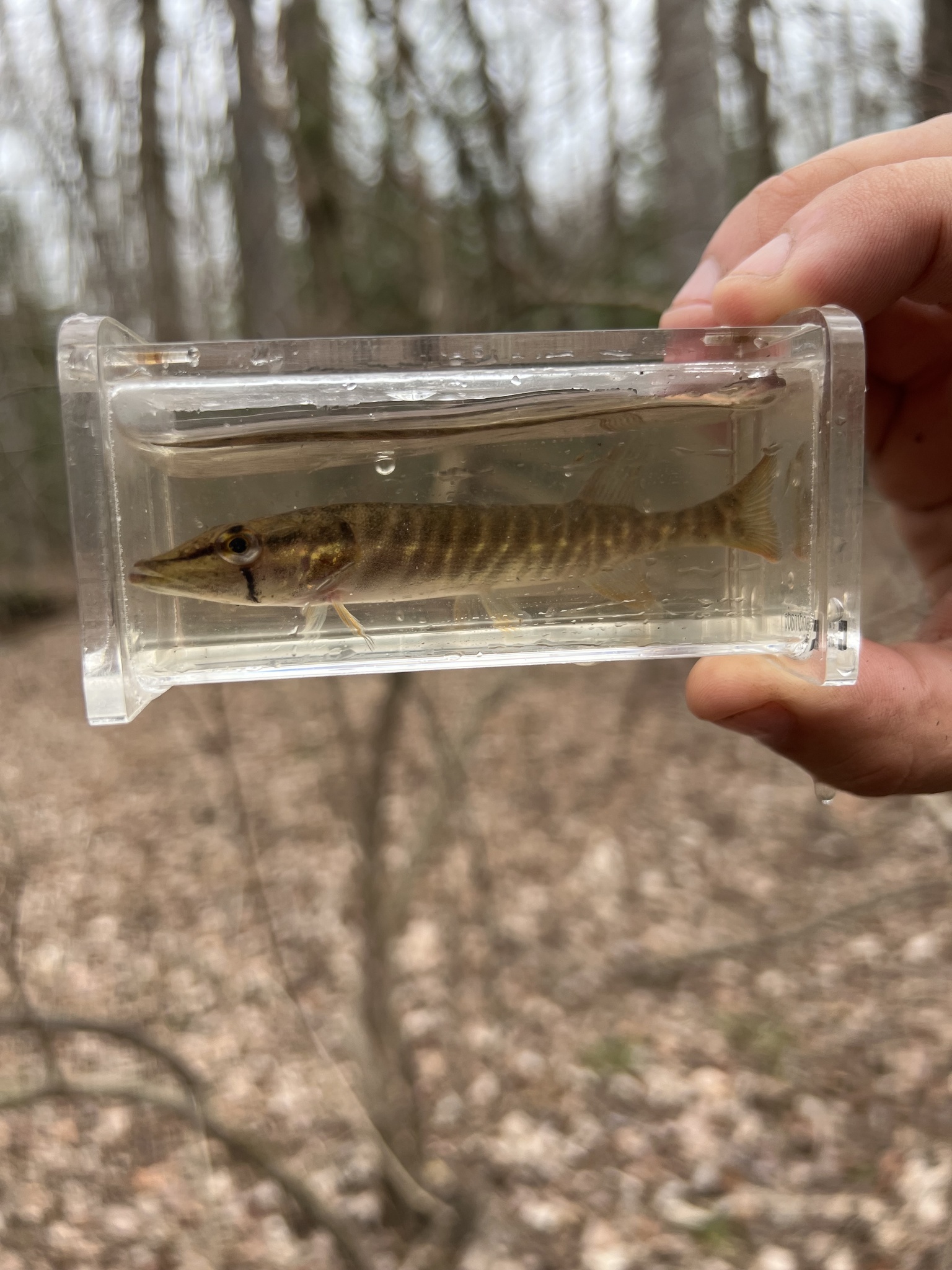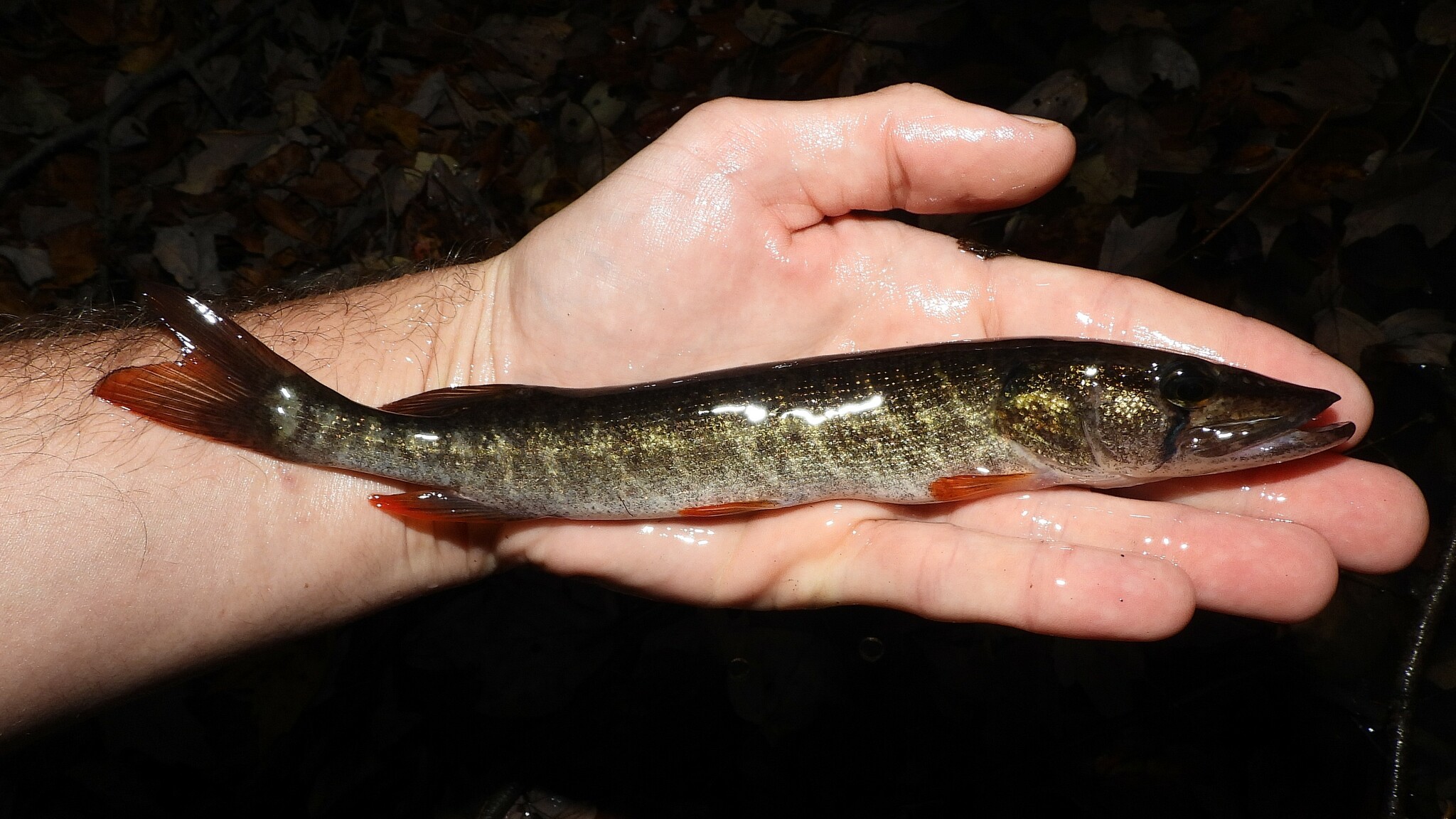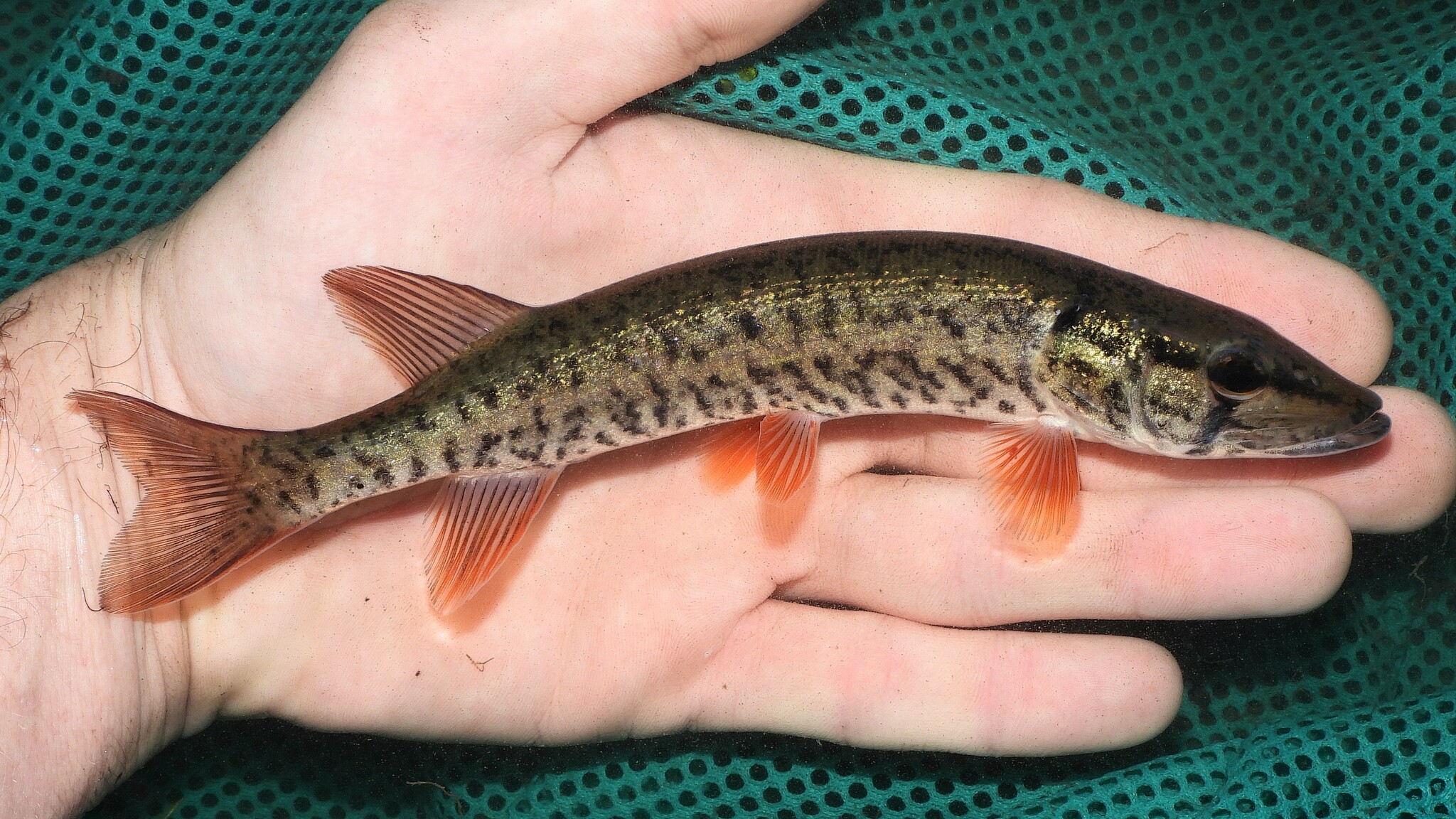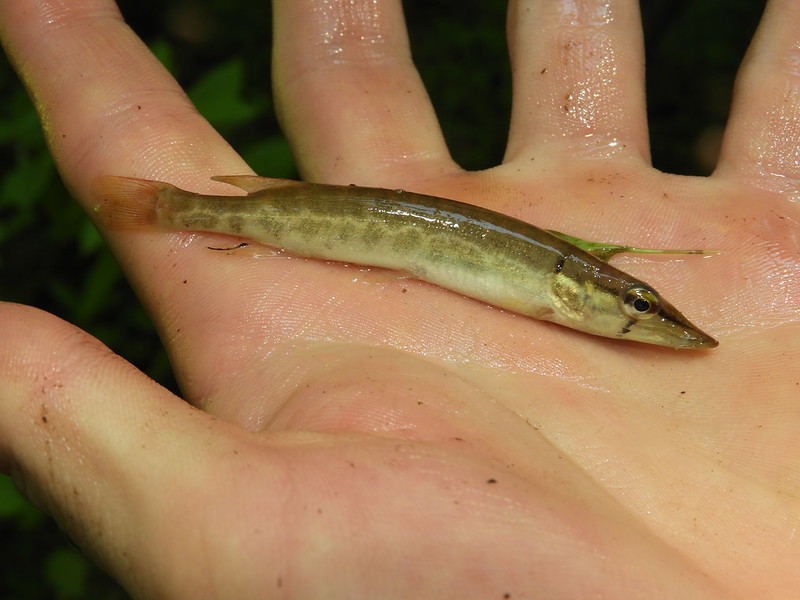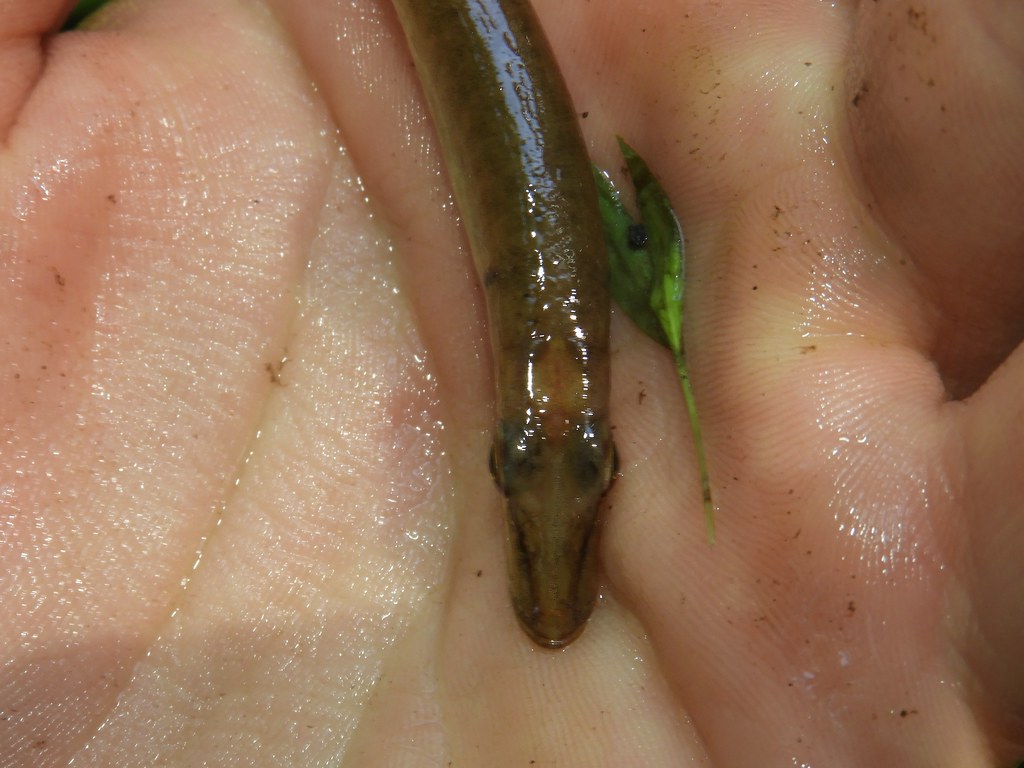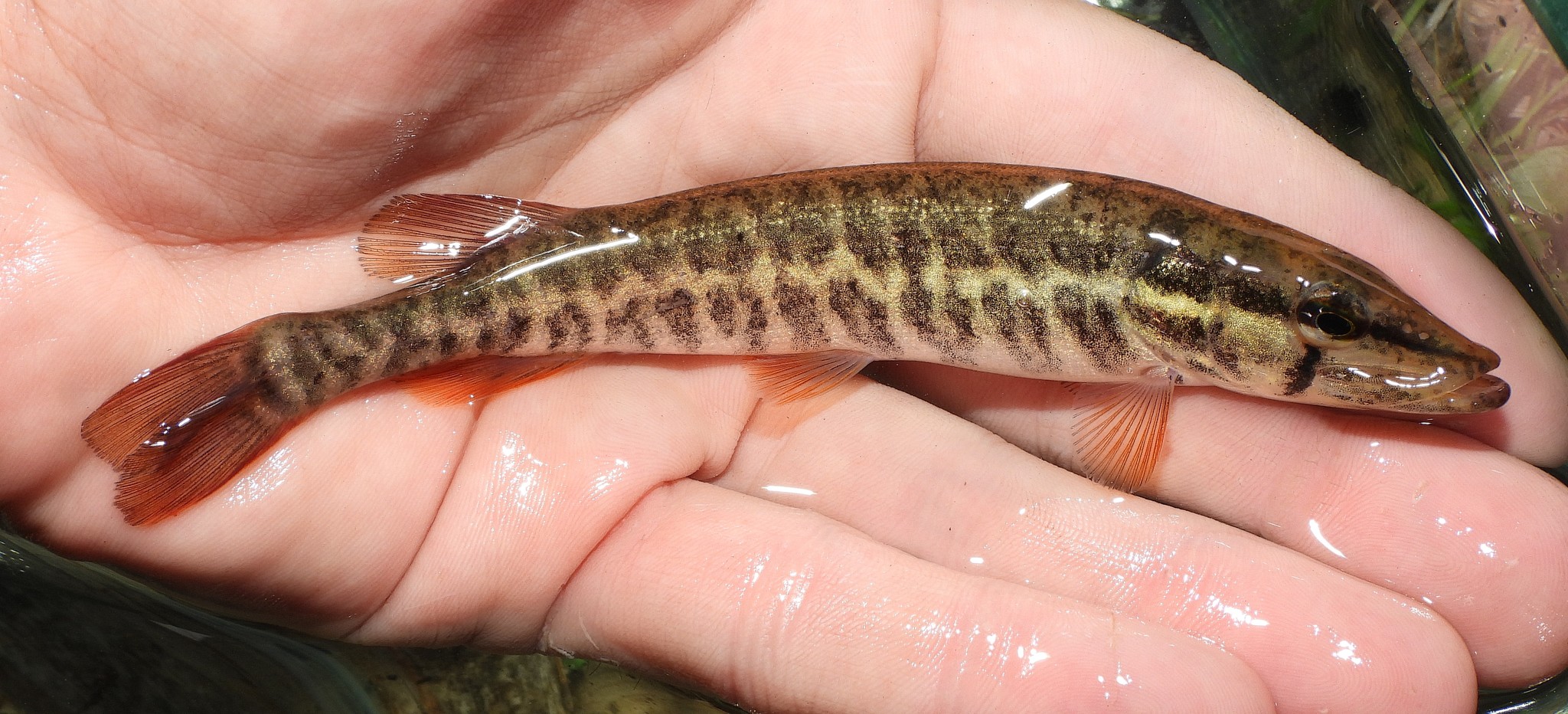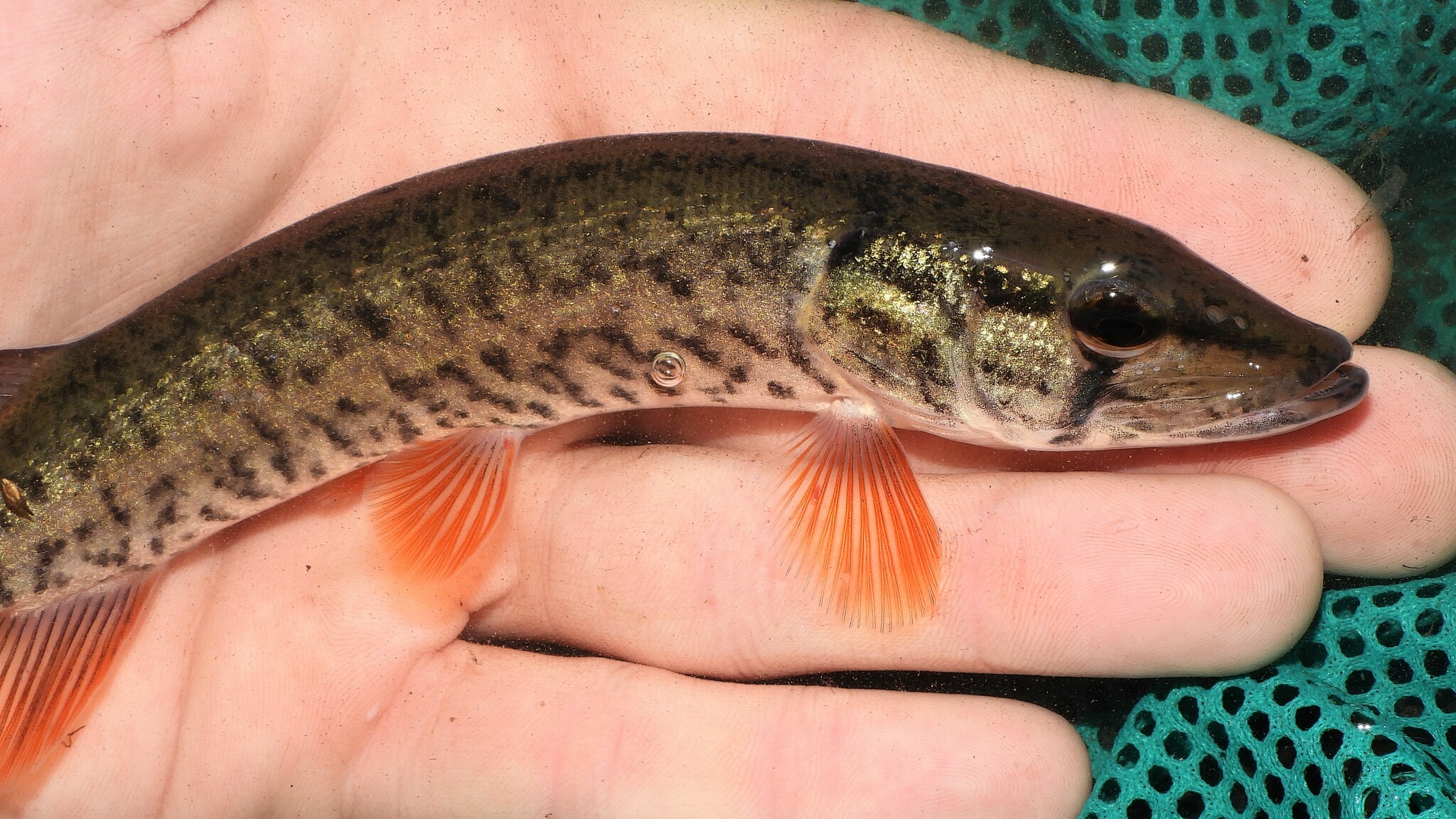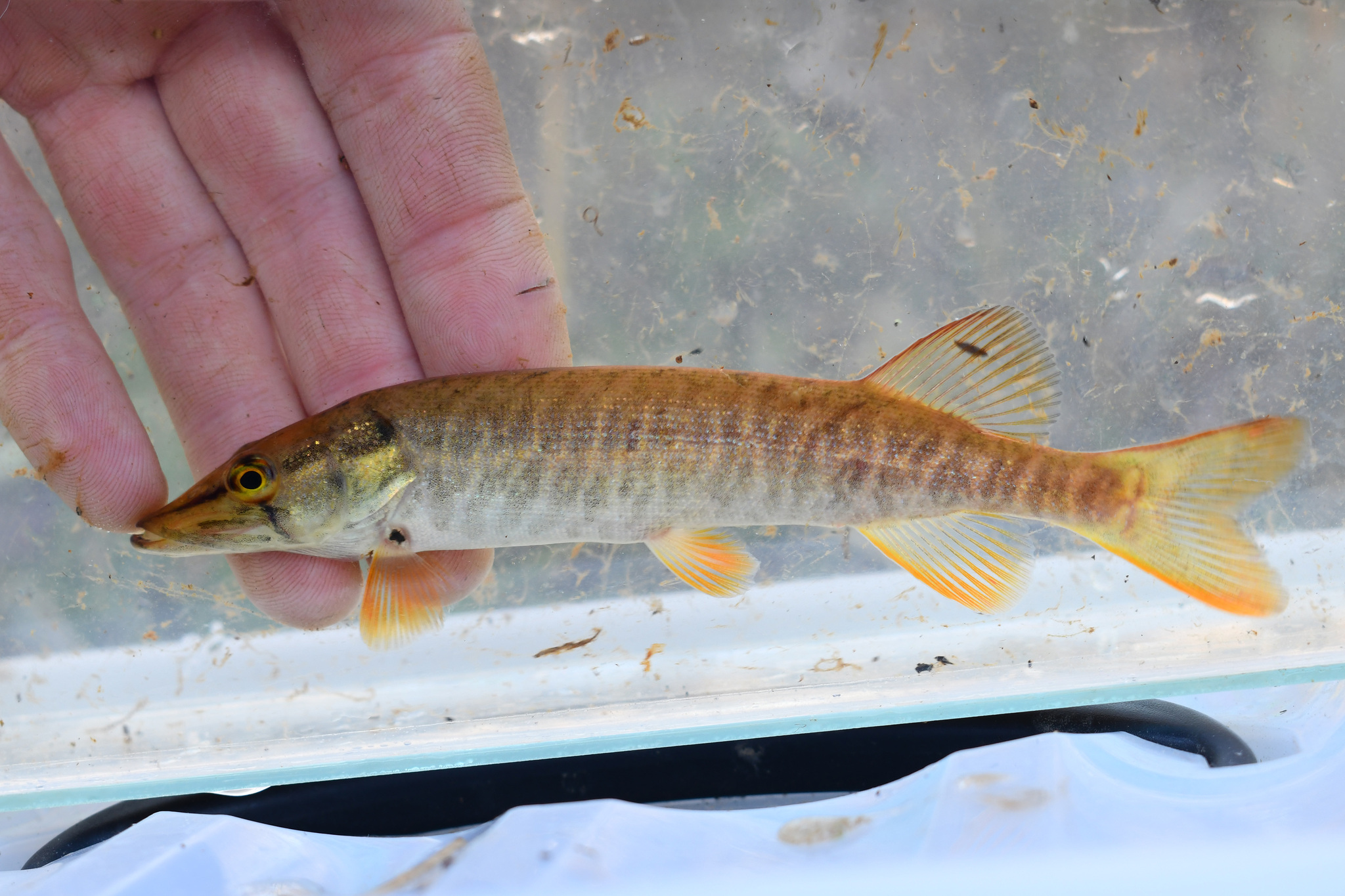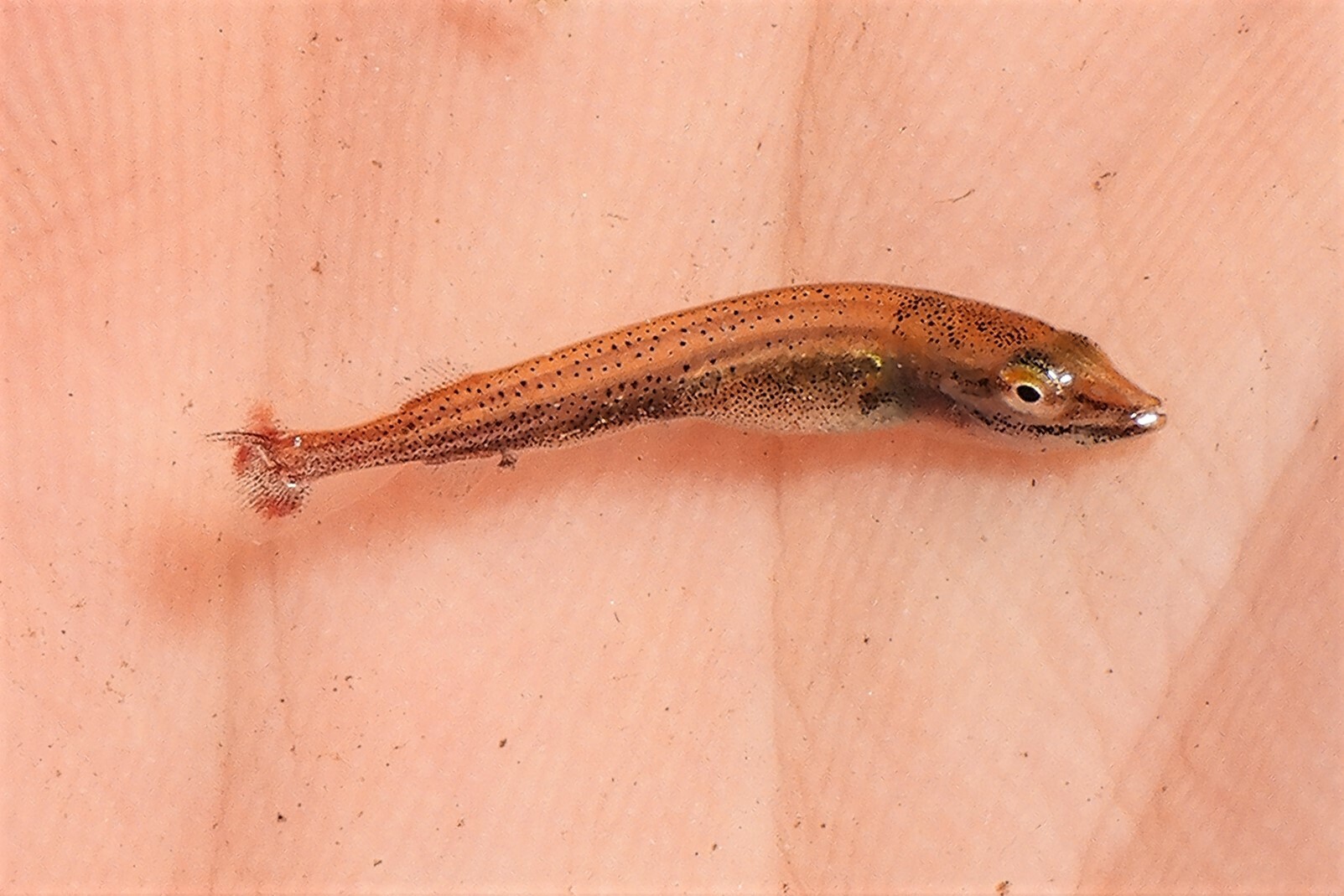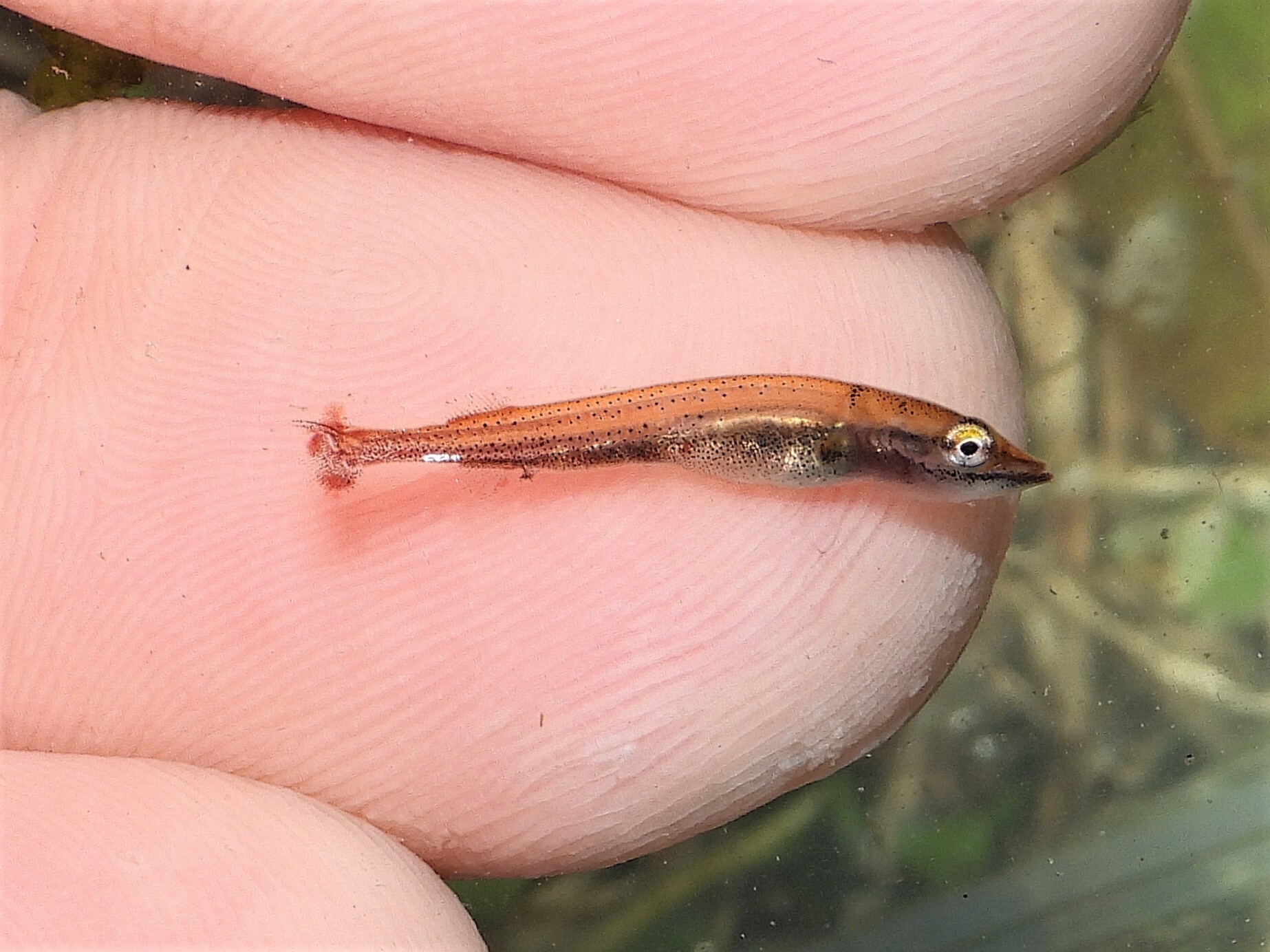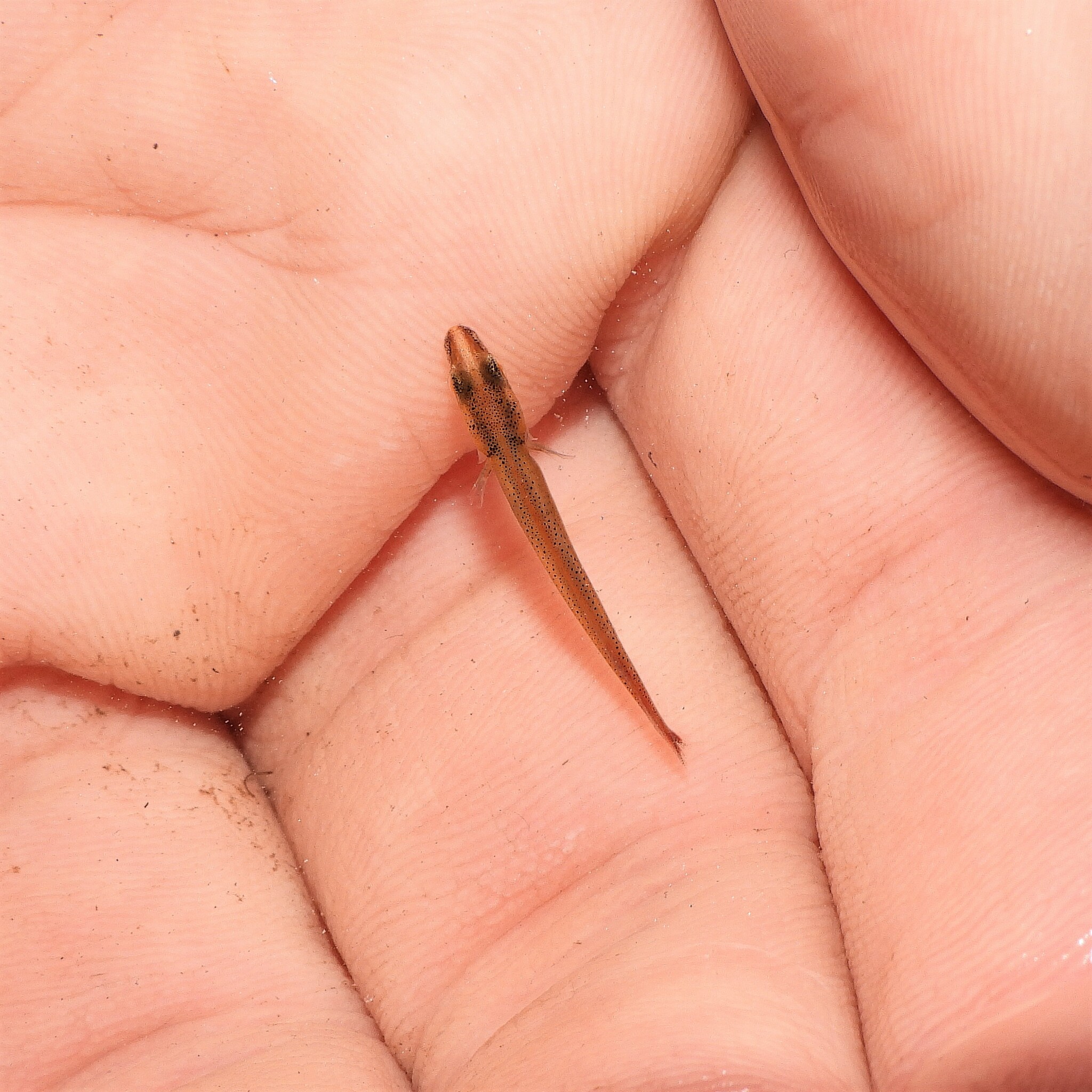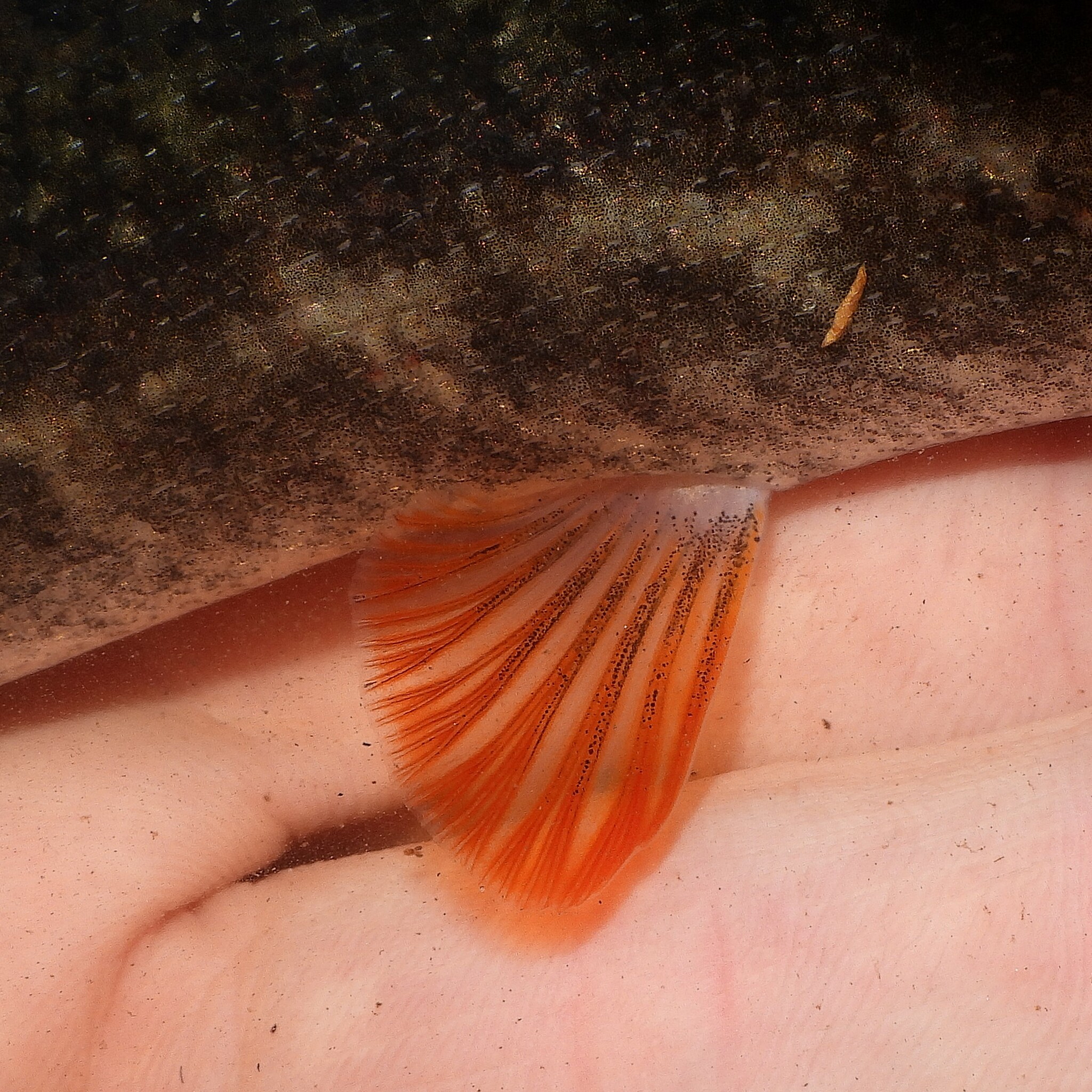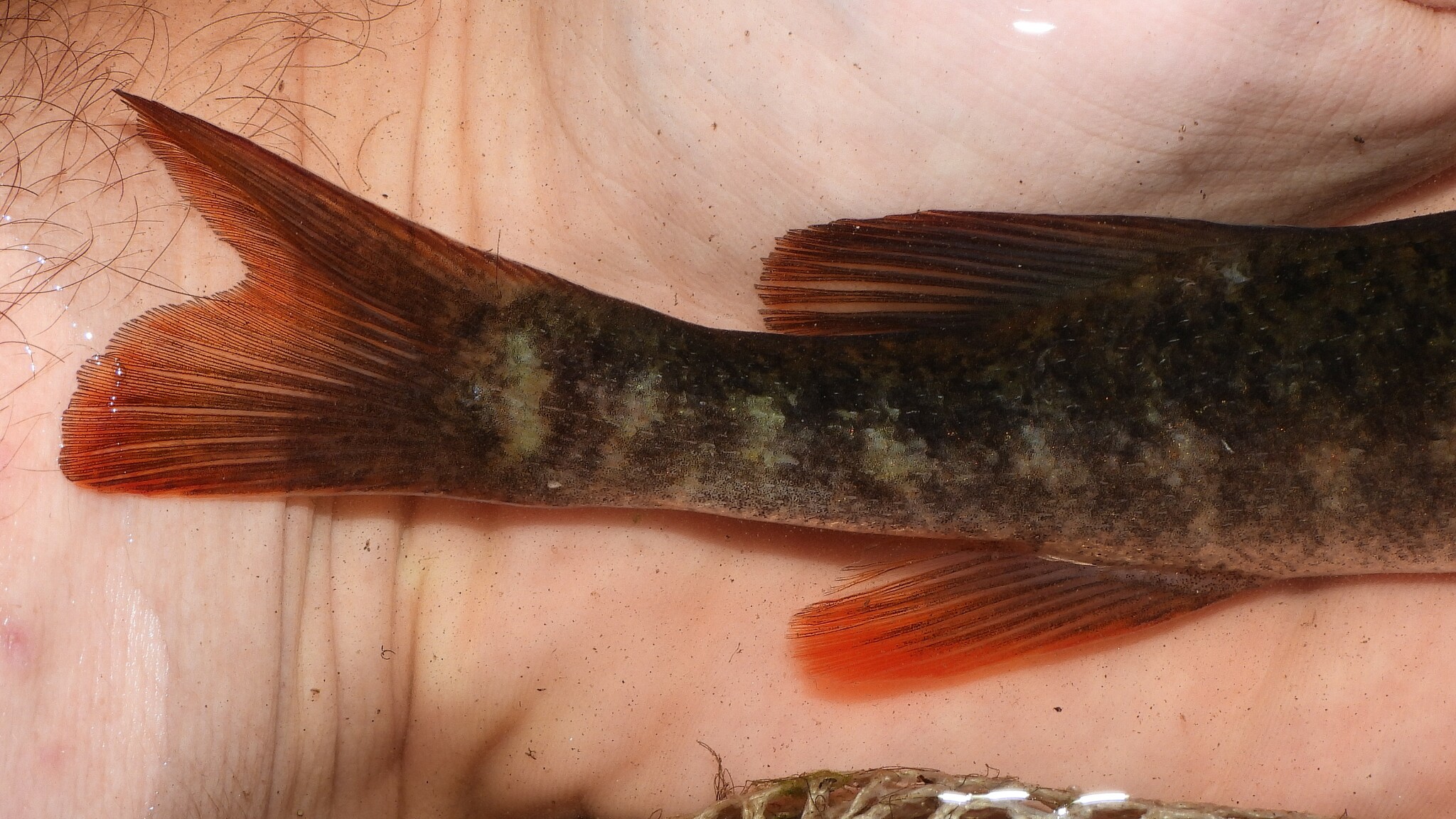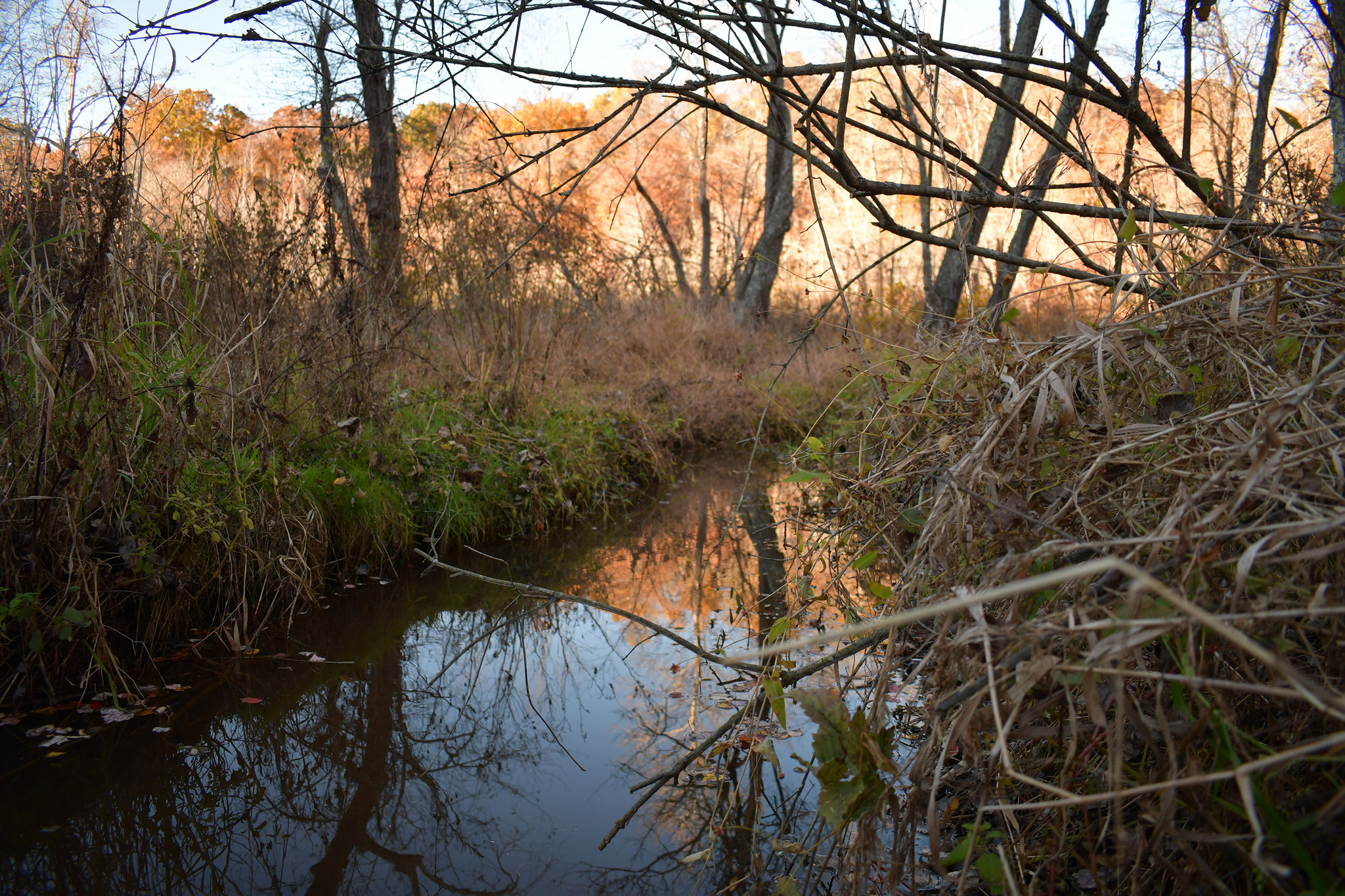Map Snapshot
















63 Records
Where To Find
Our MBP records all come from the coastal plain and MBP contributors have usually found them in shallow areas of smaller streams.
Seasonality Snapshot
Source: Wikipedia
This article includes a list of general references, but it lacks sufficient corresponding inline citations. (March 2013) |
| Redfin and grass pickerels | |
|---|---|

| |
| Redfin pickerel, E. americanus americanus | |

| |
| Grass pickerel, Esox americanus vermiculatus | |
| Scientific classification | |
| Domain: | Eukaryota |
| Kingdom: | Animalia |
| Phylum: | Chordata |
| Class: | Actinopterygii |
| Order: | Esociformes |
| Family: | Esocidae |
| Genus: | Esox |
| Species: | E. americanus
|
| Binomial name | |
| Esox americanus J. F. Gmelin, 1789
| |
| Subspecies | |
|
Esox americanus americanus J. F. Gmelin, 1789 | |
The American pickerel (Esox americanus) is a medium-sized species of North American freshwater predatory fish belonging to the pike family.[2] The genus Esox is placed in family Esocidae in order Esociformes).
Two subspecies are sometimes recognised:
- Redfin pickerel, sometimes called the brook pickerel, E. americanus americanus Gmelin, 1789;
- Grass pickerel, E. americanus vermiculatus Lesueur, 1846.
Lesueur originally classified the grass pickerel as E. vermiculatus, but it is now considered a subspecies of E. americanus.
There is no widely accepted English common collective name for the two E. americanus subspecies; "American pickerel" is a translation of the French systematic name brochet d'Amérique.
Description
[edit]The two subspecies are very similar, but the grass pickerel lacks the redfin's distinctive orange to red fin coloration. The former's fins have dark leading edges and amber to dusky coloration. In addition, the light areas between the dark bands are generally wider on the grass pickerel and narrower on the redfin pickerel. Record size grass and redfin pickerels can weigh around 2 pounds (0.91 kg)[3] and reach lengths of around 13 inches (33 cm).[4] Redfin and grass pickerels are typically smaller than chain pickerels, which can be much larger.[4]
Distribution and habitats
[edit]The redfin and grass pickerels occur primarily in sluggish, vegetated waters of pools, lakes and wetlands, and are carnivorous predators feeding on smaller fish. However, larger fishes, such as the striped bass (Morone saxatilis), bowfin (Amia calva) and gray weakfish (Cynoscion regalis), prey on the pickerels in turn when the latter venture into larger rivers or estuaries.
The pickerels reproduce by scattering spherical, sticky eggs in shallow, heavily vegetated waters. The eggs hatch in 11–15 days; the adult pickerels guard neither the eggs nor the young.
Both subspecies are native to the freshwater bodies of North America, and are not to be confused with their more aggressive big cousin, the northern pike. The redfin pickerel's range extends from the Saint Lawrence basin in Quebec down to the Gulf Coast, from Mississippi to Florida; while the grass pickerel's range is further west, extending from the Great Lakes Basin, from Ontario to Michigan, down to the western Gulf Coast, from eastern Texas to Mississippi.
Fishing
[edit]The E. americanus subspecies are not as highly prized as a game fish as their larger cousins, the northern pike and muskellunge, but they are nevertheless caught by anglers. McClane's Standard Fishing Encyclopedia describes ultralight tackle as a sporty if overlooked method to catch these small but voracious pikes.
References
[edit]- ^ NatureServe (2013). "Esox americanus". IUCN Red List of Threatened Species. 2013: e.T184100A15363111. doi:10.2305/IUCN.UK.2013-1.RLTS.T184100A15363111.en. Retrieved 27 September 2022.
- ^ Froese, Rainer; Pauly, Daniel (eds.). "Esox americanus". FishBase. Retrieved 3 September 2024.
- ^ "New York State Freshwater Fishing Records". New York State Department of Environmental Conservation. 9 November 2020. Archived from the original on 2021-04-22. Retrieved 2021-07-03.
- ^ a b Stegemann, Eileen C. (1989). "Pikes - NYS Dept. of Environmental Conservation". New York State Department of Environmental Conservation. Archived from the original on 2021-03-09. Retrieved 2021-07-03.
Bibliography
[edit]- Froese, Rainer, and Daniel Pauly, eds. (2004). Esox americanus americanus in FishBase. October 2004 version.
- Froese, Rainer, and Daniel Pauly, eds. (2004). Esox americanus vermiculatus in FishBase. October 2004 version.
- "Esox americanus". Integrated Taxonomic Information System. Retrieved 5 December 2004.
- Weinmand, M.L.; Lauer, T.E., "Diet of grass pickerel Esox americanus vermiculatus in Indiana streams." Journal of Freshwater Ecology 22-3 (2007): 451–460
- Midkiff, E.S.; Tarter, D.C., "Diet and growth of larval and juvenile grass pickerel Esox americanus vermiculatus, and central mudminnow, Umbra limi, in the Green Bottom Wildlife Management Area, Cabell County West Virginia." Proceedings of the West Virginia Academy of Science 68- 2-4 (1996): 37–46
- Weed, A.C., "Pike, pickerel and muskalonge." Field Mus Nat Hist Zool Leaflet 9 (1927): 1–52
- Cain, M.L.; Lauer, T.E.; Lau, J.K., "Habitat use of grass pickerel Esox americanus vermiculatus in Indiana streams." American Midland Naturalists 160-1 (2008):96–109
- Lachance, S., "Report on the situation of the Redfin Pickerel, Esox americanus americanus, in Canada." Canadian Field-Naturalist 115-4 (2001): 597–607
